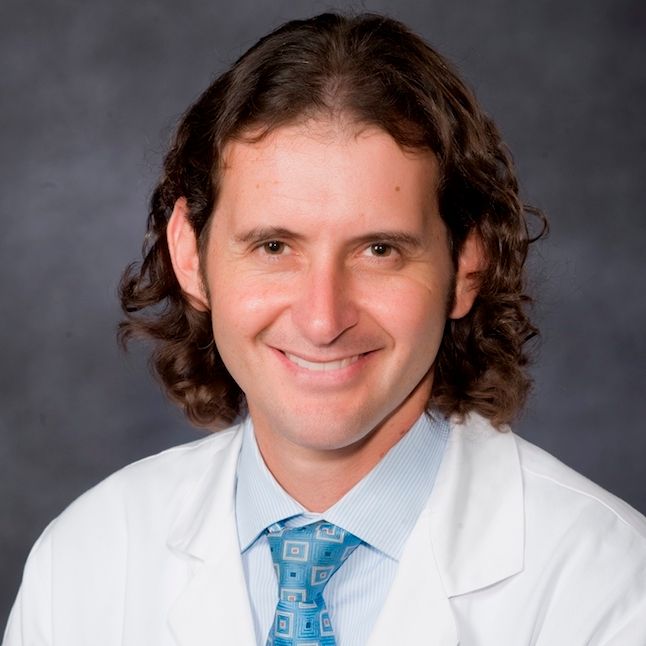Article
New Multi-Drug Resistant Infection Guidelines Released
Author(s):
While maintaining contact precautions for extended periods can keep from spreading, unnecessarily long isolation can negatively impact care.
Gonzalo Bearman, MD, study author, Virginia Commonwealth University

Gonzalo Bearman, MD
New expert guidance released January 11 by the Society for Healthcare Epidemiology of America (SHEA) advises hospitals how to determine when they can most safely discontinue contact precautions (CP) for patients experiencing multi-drug resistant infections like Clostridium difficile (C. diff).
Contact Transmission and Last Positive Culture
Published in the journal Infection Control and Hospital Epidemiology, the new guidance deals with the optimal time frame hospitals should use CP protocols to prevent the spread of dangerous pathogens.
According to the new SHEA guidelines, hospital staff should consider how much time has passed since the last positive culture to weigh the likelihood of contact transmission. SHEA guidance also advises regarding patient characteristics that could also determine the duration of care.
"There have been reports of patients complaining of decreased satisfaction with care, and maybe some increased feelings of isolation and depression," Gonzalo Bearman, MD, study author, Virginia Commonwealth University, said in an interview.
The New CP Guidelines for C. difficile
While maintaining contact precautions for extended periods can keep pathogens from spreading, Bearman believes that unnecessarily long isolation can reduce patient interaction with healthcare providers, negatively impacting care.
C. diff, a pathogen that can persist in a hospital environment long after a patient’s infection has been cleared, has proven difficult to control even when hospitals are following the appropriate infection control and prevention measures.
One reason that the optimal duration of contact CP is unknown is because of the uncertainty about how long patients infected with these pathogens can remain colonized.
For patients with C. diff, SHEA guidance recommends that contact precautions be maintained for at least 48 hours after diarrhea resolves, but hospitals with elevated rates of incidence are urged to consider extending CP for the duration of hospitalization. Furthermore, guidance should be both overseen and revisited by the infection prevention and control leadership, particularly during outbreak situations.
Also, hospitals should weigh the cost impact and feasibility of new policy implementation on the duration of CP, as well as assess institutional priorities, risks and resources carefully.
Further Study Needed
The new guidance provides no recommendation on whether patients with C. diff should be placed on CP upon readmission to the hospital.
Authored by the SHEA Guidelines Committee, the new guidelines are based on practical considerations, the author’s opinions, current literature and theoretical rationales.
Not Enough Evidence
They conclude that more studies should be conducted in real-world settings to discover the most effective use and duration of contact precautions.
While there are guidelines for when hospitals should begin contact precautions, very few publications address what circumstances, and when, CP should be discontinued. Subsequently, there's a broad variation in how facilities can handle discontinuation of CP for different pathogens.
There also isn’t enough evidence yet to make any formal recommendations on whether patients with C. diff should be placed on CP if they’re readmitted to the hospital, according to the new guidelines,
“There's a lot of uncertainty and confusion as to when it's safe to consider removing contact precautions on select patients for select organisms," says Bearman.
Related Coverage >>>
Common Isolation Units Demonstrate Mixed Outcomes for Clostridium Difficile Patients
Risk Factors Identified for Post-Surgery Patients with Clostridium Difficile Colitis





